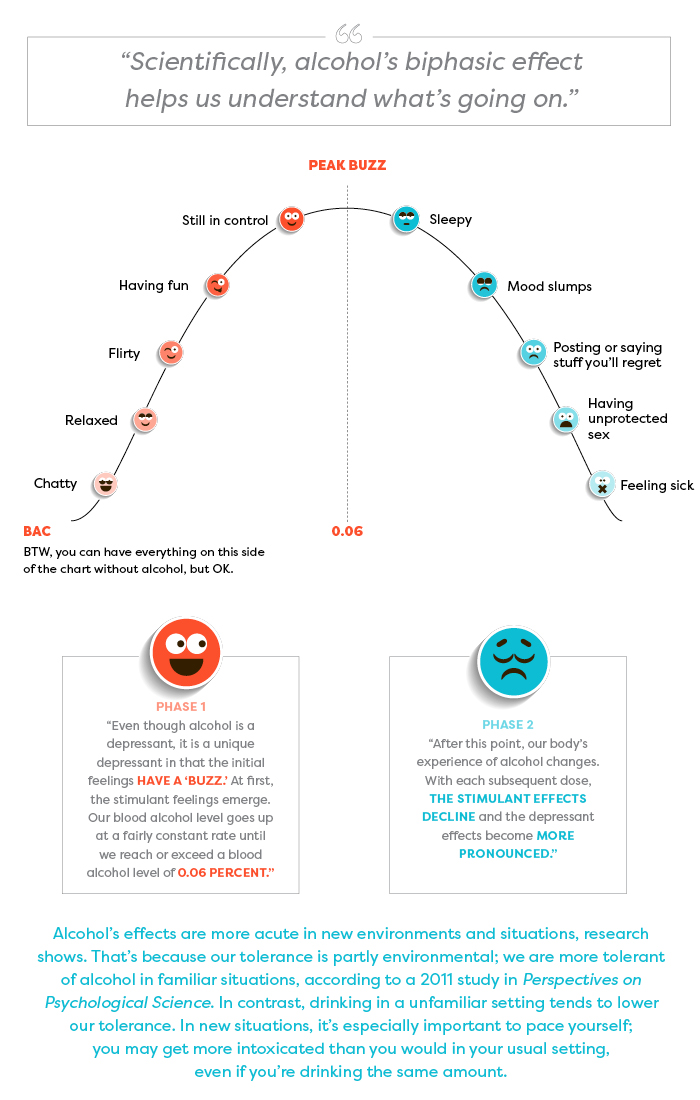Unlock the mystery of alcohol consumption with an in-depth look at the scientific factors determining your level of intoxication.

Image courtesy of Karolina Grabowska via Pexels
Table of Contents
Alcohol consumption is a common social activity enjoyed by many, but the question of how many beers it takes to get drunk remains a source of curiosity and debate. Understanding the science behind alcohol metabolism, individual tolerance levels, and the various factors influencing intoxication can shed light on this intriguing topic.
The Science of Alcohol Metabolism
alcohol metabolism begins as soon as we take that first sip. When alcohol enters the body, it is primarily processed by the liver. The liver breaks down alcohol using enzymes, such as alcohol dehydrogenase and aldehyde dehydrogenase, into acetaldehyde and then into acetic acid. This process determines how quickly alcohol is removed from the bloodstream.
Blood alcohol concentration (BAC) is a measure of the amount of alcohol in the bloodstream. BAC levels correlate with the degree of intoxication, with higher BAC levels leading to more pronounced effects of alcohol. Factors such as the rate of alcohol consumption, the alcoholic content of the beverages consumed, and individual metabolism play a significant role in determining BAC levels.
Enzymes and genetic factors also influence how quickly someone becomes drunk. Some individuals have genetic variations that affect the activity of alcohol-metabolizing enzymes, leading to differences in alcohol tolerance. Understanding these genetic factors can help individuals better assess their own alcohol tolerance levels.
Individual Tolerance Levels
One’s ability to handle alcohol varies from person to person and is influenced by a variety of factors. Weight, metabolism, age, and sex all play a role in determining an individual’s alcohol tolerance. Generally, larger individuals with higher body weight can metabolize alcohol more effectively than smaller individuals.
Age can also impact alcohol tolerance, as older individuals may experience changes in metabolism that affect how they process alcohol. Additionally, sex can influence alcohol tolerance, as women tend to have lower levels of alcohol-metabolizing enzymes than men, leading to slower alcohol elimination and potentially higher BAC levels.
It’s essential for individuals to recognize their own tolerance levels and understand that factors such as food consumption, hydration, and the presence of underlying health conditions can also influence how quickly they become intoxicated. By being mindful of these factors, individuals can make more informed decisions about their alcohol consumption.
Factors Influencing Intoxication
Aside from individual tolerance levels, several other factors can impact how quickly someone becomes drunk. Consuming alcohol on an empty stomach can lead to faster absorption and increased intoxication. Eating a meal before drinking can slow down the absorption of alcohol and reduce its effects.

Image courtesy of www.campuswell.com via Google Images
Hydration levels can also influence intoxication, as alcohol is a diuretic that can lead to dehydration. Staying hydrated while drinking can help mitigate the dehydrating effects of alcohol and potentially lessen the impact of intoxication.
Mixing alcohol with other substances, such as medications or illicit drugs, can have dangerous consequences and increase the risk of adverse effects. It’s important to be aware of potential interactions and avoid combining alcohol with substances that can potentiate its effects.
Conclusion
Understanding the science behind alcohol metabolism, individual tolerance levels, and the various factors influencing intoxication can provide valuable insights into the question of how many beers it takes to get drunk. By educating ourselves on responsible drinking practices and knowing our personal limits, we can enjoy alcohol in a safe and mindful manner.
Remember, alcohol affects everyone differently, and it’s crucial to respect your own tolerance levels and make informed choices when consuming alcohol. By prioritizing safety and awareness, we can enjoy the social aspects of drinking while minimizing the risks associated with excessive alcohol consumption.
How does weight affect alcohol tolerance?
Weight plays a role in alcohol tolerance, as larger individuals with higher body weight can metabolize alcohol more effectively than smaller individuals. This is due to a larger body mass providing more volume for alcohol distribution and metabolism.
What role do genetics play in alcohol tolerance?
Genetic variations can impact the activity of alcohol-metabolizing enzymes, leading to differences in alcohol tolerance. Understanding these genetic factors can help individuals better assess their own alcohol tolerance levels.
Can mixing alcohol with other substances affect intoxication?
Mixing alcohol with other substances, such as medications or illicit drugs, can have dangerous consequences and increase the risk of adverse effects. It’s important to be aware of potential interactions and avoid combining alcohol with substances that can potentiate its effects.
How does age influence alcohol tolerance?
Age can impact alcohol tolerance, as older individuals may experience changes in metabolism that affect how they process alcohol. Additionally, aging can lead to changes in liver function, potentially affecting the rate at which alcohol is metabolized.
Generated by Texta.ai Blog Automation
Leave a Reply